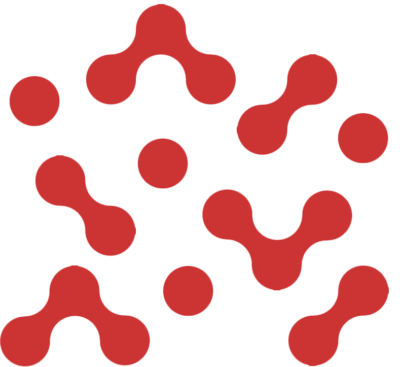


The STAR method is an interview technique that provides a clear framework for storytelling by outlining the situation, task, action, and result. Hiring managers often use behavioral interview questions to assess if you’re the ideal candidate for a job. This approach aids in crafting clear and concise answers based on real-life experiences.
Here we will explore the method and its elements, providing steps and tips to help you prepare STAR-based responses to interview questions. This method might initially appear a bit overwhelming, however, with some preparation and strategy, you’ll soon see behavioral interview questions and answers as less of a challenge and more of an opportunity to highlight your impressive qualifications.
Let’s see if we are a good fit
It’s time to make a game plan for your talent needs
Get ready for the best available talent to come through your door
Get ready for the best available talent to come through your door
By using STAR, you’ll deliver focused, impactful answers that showcase your skills and experience. This method is like your secret weapon for conquering behavioral interview questions or any other types of questions where storytelling might be necessary. These questions typically begin with “Tell me about a time when…” and delve into your past experiences to assess your skills and approach.
When it comes to answering these types of questions start with finding a suitable example. However, you also need to present the details compellingly and clearly—avoiding unnecessary rambling.
By using STAR, you’ll deliver focused, impactful answers that showcase your skills and experience. This method is like your secret weapon for conquering behavioral interview questions or any other types of questions where storytelling might be necessary. These questions typically begin with “Tell me about a time when…” and delve into your past experiences to assess your skills and approach.
When it comes to answering these types of questions start with finding a suitable example. However, you also need to present the details compellingly and clearly—avoiding unnecessary rambling.
Start by briefly setting the context for a specific situation or challenge. Share two or three key details about relevant work experiences, academic projects, or volunteer work. Focus on what is directly relevant to the interview question.
Avoid unnecessary details, especially when nervous. For instance, if asked about a time you didn’t meet a client’s expectations, omit the full backstory of how you recruited that client years ago. Your goal is to clearly describe the situation so the interviewer understands the context of your answer.
The STAR method should be straightforward and concise. Limit each part of the acronym to one or two sentences. For example, if asked, “Tell me about a time when you achieved a goal that you initially thought was out of reach,” you might say:
“In my previous digital marketing role, my company decided to focus on email marketing and aimed to aggressively increase our list of email subscribers.


Describe your role in the situation or challenge, focusing on the goal or task assigned to you. Highlight one or two key points that best illustrate your responsibility. Keep this section brief, similar to the situation component.
Make it clear to the interviewer what your role was and the objectives set for you. This part should not include the actions you took, but rather your responsibilities in the scenario.
Continuing the previous example, for the task portion you might say:
“As the email marketing manager, my goal was to increase our email list by at least 50% in one quarter.”


Explain the specific actions you took to handle the situation or overcome the challenge. Highlight the most impactful steps you took to achieve success. Use “I” instead of “we” to emphasize your individual contributions. This part should be detailed, as it showcases your suitability for the role.
Now that you’ve outlined your role, describe the steps you took to achieve the goal or resolve the problem. Avoid vague responses like, “I worked hard…” or “I did some research…” Instead, provide specific details about your actions. Did you collaborate with a team, use specific software, or develop a detailed plan? These are the details your interviewer wants to hear.
For example, the action portion of your answer might be:
“I reviewed our old blog posts and added content upgrades to incentivize email subscriptions, which boosted our list. Next, I collaborated with the marketing team to host a webinar requiring email registration, funneling more interested users into our list.”


Now, what was the outcome of your actions? Focus on two or three main results and discuss what you learned, how you grew, and why you’re a stronger employee because of the experience. Provide concrete examples of your efforts’ results and spend slightly less time on this than on your actions.
This is your moment to demonstrate the impact you made. The final part of your response should detail the results of your actions. Highlight any results achieved and quantify them when possible, as numbers are always impactful. Mention any long-term effects, such as new workflows adopted, client retention, or positive feedback received.
Ensure the result is positive, ending on a high note by discussing what you learned or how you improved. For example:
“As a result of those additions to our email strategy, I increased our subscriber list from 25,000 to 40,000 in three months, exceeding our goal by 20%. Webinars are now a regular event to boost and maintain our email list.”




By implementing the STAR method, you can confidently tackle behavioral interview questions with clarity and precision. This structured approach not only highlights your relevant skills and experiences but also ensures your responses are concise and impactful. As you prepare for your next interview, remember to review the job description, select versatile examples, and practice your storytelling to perfect your delivery. With STAR as your guide, you’ll be well-equipped to make a lasting impression and showcase why you are the ideal candidate for the role